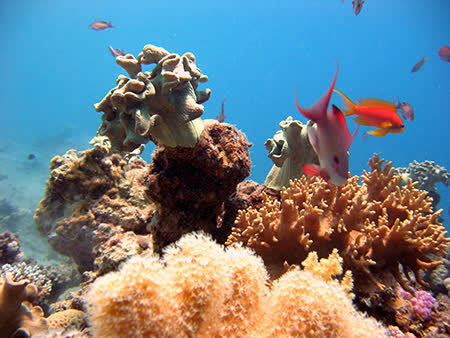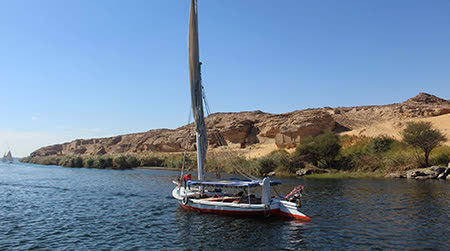Alexandria, the “Pearl of the Mediterranean,” is a city to explore at random; it’s as important to enjoy its unique atmosphere, as it is to see its sights. It was built about 2300 years ago at the orders of Alexander the Great, and quickly flourished into a prominent cultural, political and economic metropolis. As in ancient times when it was home to Pharos, the legendary lighthouse that was one of the Seven Wonders of the World, Alexandria still has a very special ambience and a character of its own.
Greco-Roman Alexandria
Alexandria was once the world’s intellectual capital, and the center of learning in ancient times. Its library, built 2400 years ago, was the world’s first university in the world with its college scholars such as Euclid of Alexandria, who is often referred to as the “Father of Geometry”, and it also served as a publishing house. Tragically, a fire destroyed the Ancient Library, but an international project to revive it was completed in 2000. It now houses over 4 million volumes, 100,000 manuscripts, a conference center, science museum, planetarium and a school of information studies.
The Roman Theater
Built between the 2nd and the 4th centuries A.D., the Roman Theater in Alexandria had marble seats for 800 spectators, galleries and sections of mosaic flooring. It was a pleasure garden surrounded by Roman villas and baths. The well-preserved remains of the theater were discovered in 1960, and today it is the only remaining Roman Theater in Egypt.
The Graeco-Roman Museum
You know that you are about to experience something very unique when you enter the Greco-Roman Museum and are greeted by a huge black granite bull (the Egyptian god Apis) and an enormous stone falcon. There is nothing quite like it in the world. The collection contains relics from the Greek, Roman and Christian eras in Egypt. Inside there are statues of all sorts – miniature to life-size – from the various religions represented. Other items of interest are children’s toys, tools, jewelry and a mummified crocodile. You can even learn about the god known as Bes (the god of fun), and see a replica of the commemorative “Rosetta Stone”; an Egyptian stele artifact that allowed the linguists to begin the process of Hieroglyph decipherment. The original “Stone” is put on public display in the British Museum since 1802.
Montazah Palace and Gardens
The Royal Palace of Al-Montazah is built on a low plateau overlooking a sandy white beach and surrounded by formal gardens with trees, palms and flowers. The Palace was designed in a combination of Turkish and Florentine styles, and is now a state guesthouse. Its 1.4 sq km of well-tended pleasure gardens are open to the public, and within the same area are a museum, several beaches, a tourist center, a hotel, fast-food restaurants and a children’s park.













